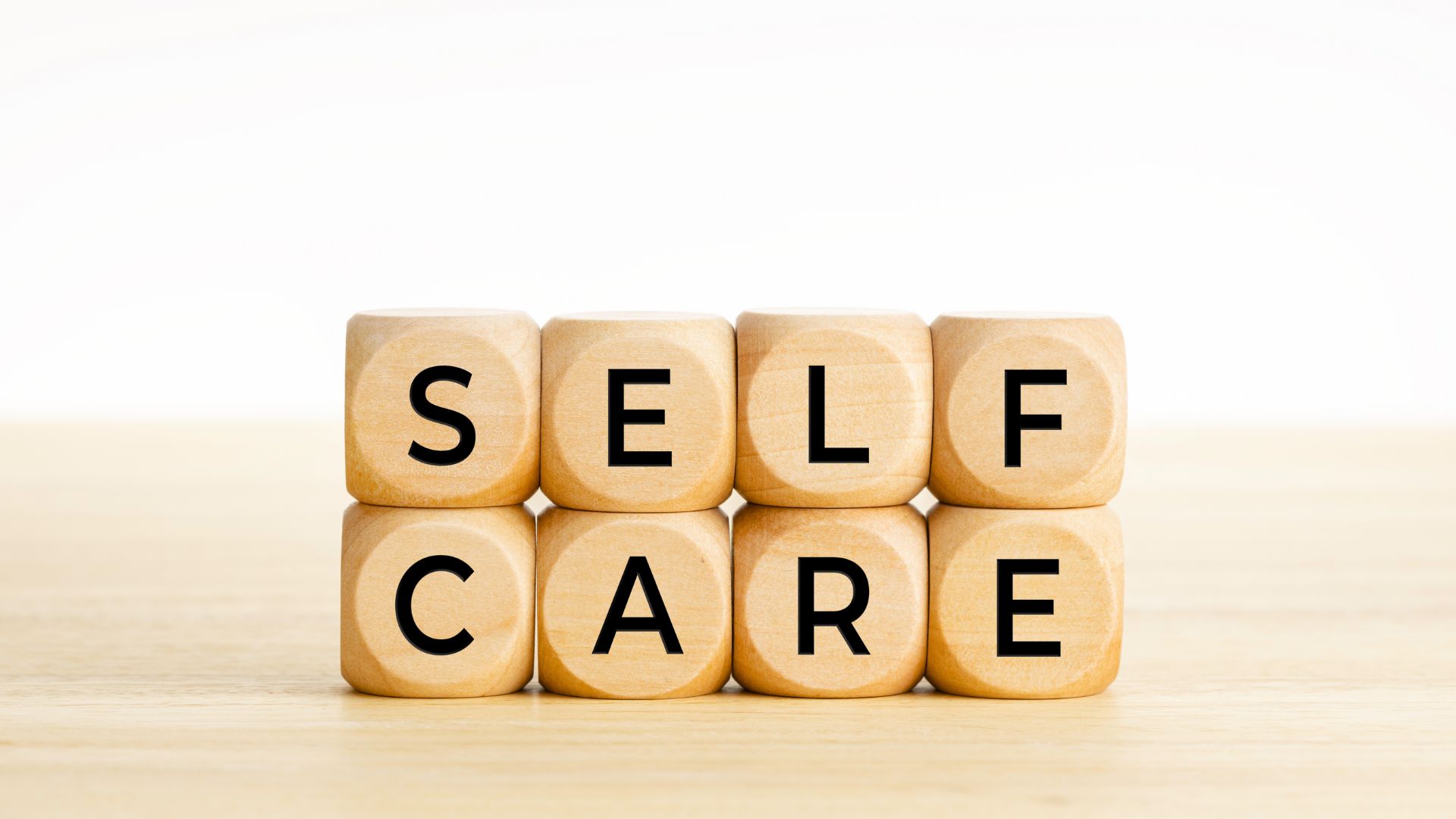
The school year is often busy for teachers. From lesson planning to grading to instruction, stress can be high. That is why it’s important to proactively plan self-care as an educator. Without taking care of yourself, you won’t be able to engage in the classroom for the long term. Winter break is a great opportunity to jump-start your educator self-care. Read below for how to care for yourself as a teacher
Educator self-care plan
Prepare yourself to close out of the semester
Step #1 Gather and prioritize your outstanding tasks.
To close out for the break, you need to know all you need to do! Whether it’s in a journal, digital note catcher, or sticky notes, put all your outstanding tasks in one place. Next, you must prioritize your tasks. Review the list to determine what has to be done before you can go on break and what can wait. There might be things you wish you could have gotten to, but focus on what truly needs to be done and leave the rest for the new year.
Step #2 Make a Plan
Now it’s to make a plan for those priority tasks. After you’ve identified which things you have to get done, create a roadmap for how to get that done. Look at what is most time-sensitive and set aside time for when you will complete those items. If your plan involves you needing to do some work over break, make a commitment for when that will be and how you will put boundaries up so that work doesn’t override your educator self-care time!
For example, if you have 20 hours of priority work that will have to be completed over break, will you take four 5-hour work blocks to complete your tasks? Or 1-2 hours a day to work? There is no right or wrong decision, as long as you are intentional with how, when, and why. If you’re not sure where to start, trying reviewing a list of educator self-care ideas.
Step #3 Manage your inbox
Email can be a blessing for productivity, but it can also be a source of stress. When you are preparing for your self-care break, you need to be clear with your boundaries, both with yourself and others.
- Turn on your out-of-office email response – Whether or not you are planning to check your email over break, the auto-response gives you some freedom to respond outside of that 24 to 48-hour standard response time. This is a great tool for letting people know you are prioritizing taking care of yourself.
- Utilize email for your benefit – If a work thought comes up while you’re on break, send an email to yourself with the task, idea, or action you’ll need to take when you get back. Make an intentional plan – If you are planning to check your email over break, make an intentional plan on which days you will check your email and which days you will NOT check your email to give yourself time away. This might look like:
-
-
-
- I will check my email once a day on Mondays and Wednesdays over break.
- I will spend 15 minutes on those days reading, categorizing, and responding to emails.
- Any tasks that require more time than is allotted will be added to my to-do list when I return to the classroom
-
-
Educator self-care plan
Prepare yourself for break
Step #4: Decide what you want out of this break.
Make sure that this break is serving you. Breaks in the school year should be rejuvenating. It is supposed to be a time for you to pause, relax, and reset before you start into the next semester. Make an intention of what you want out of this. Do you want to feel rejuvenated? Do you want to have time to be creative? Once as you’ve identified your desire, you can make a plan to ensure you feel fulfilled over this break.
For example:
- If my goal is to feel peaceful, I could schedule 5 minutes in the morning for a meditation
- If my goal is to feel connected, I could reach out to 2 friends to set a time to connect
- If my goal is to rest, I could schedule in times where I don’t have plans.
Step #5 Ask for Help
Now that you know what needs to be done, and you know what you want, you can identify where there might be gaps or an overlap. At times we might not be able to do all the things we need to do and have time for self-care. That’s the area where you might need to ask for help. Identify what tasks other people could help you with and then ask a colleague, or friend to support you. Can they do the shopping for you? Can they watch your kids so that you can have a little bit of quiet time so you can complete your emails? Lean on your community to help reach your goals.
Step #6: Leave School at school
For your break to truly be self-care, educators need to leave school at school. While you might not be in the classroom, technology makes it easy to feel constantly in work mode. Take this time to turn off notifications for your email, or any school apps on both your phone and computer. If you feel like you need more distance, you can always delete an app and re-download it later if you will be tempted to be on for the entire break. In addition to work-related tasks, consider turning off other notifications on your phone and computer to give yourself some screen-free time.
As educators, we need self-care time. School breaks are a great time to attend to your needs. Use these tips to bolster your self-care plan and prepare for a great break. If you need further support in professional development, check out our upcoming professional development opportunities for teachers!

